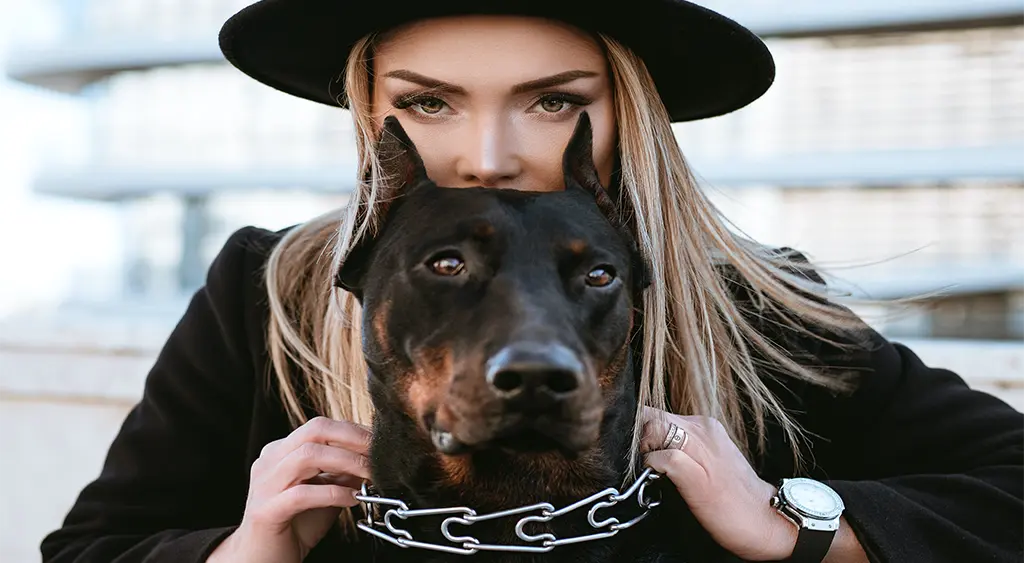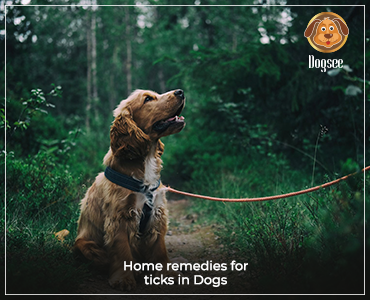
Dobermans are one of the most popular dog breeds, but they also have a reputation for being aggressive. If you're thinking about getting a Doberman, it's important to understand what goes into training them so that they can be well-behaved members of the family. In this article, we'll share 9 secrets for training an aggressive Doberman.
Most Important Doberman Training Tips
When training a Doberman, it is important to remember that they are a working breed. This means that they need a lot of mental and physical stimulation. They are also very intelligent and can easily become bored if not given enough to do.
One of the most important things to remember when training a Doberman is to be consistent. They need to know what is expected of them and what the rules are. They will quickly become frustrated if they are not given clear guidelines.
It is also important to be firm but fair when training a Doberman. They need to know that you are the leader of the pack and that you expect them to follow your commands. However, they should also be treated with respect and kindness. Harsh punishment will only serve to make them more aggressive.
Obedience Training a Doberman
One of the most important things you can do to train a Doberman is to start obedience training early. Obedience training will help your Doberman learn basic commands such as sit, stay, come, and down. It is also important to socialize your Doberman from a young age. This means exposing them to different people, places, and situations so that they learn to cope with new environments and situations calmly.
Obedience Training: Sit
Sit is one of the most basic commands, and it is important that your Doberman learns this command early on. You can start training your Doberman to sit as soon as he is able to focus on you and follow simple commands.
When teaching your Doberman to sit, be sure to use a calm and assertive voice. Give the command once, and then wait for your Doberman to respond. If he does not sit immediately, you can gently push him into a sitting position. Be sure to praise him when he does sit, and give him a treat if desired. With consistent training, your Doberman will learn to respond quickly and appropriately to the sit command.
Obedience Training: Stay
One of the most important things you can do to prevent your Doberman from being aggressive is to train them in obedience. One of the commands they should know is "stay." This will help them to stay calm and not become agitated. You should start training your Doberman puppy as soon as you bring them home. You can enroll them in a puppy class or do it yourself. The key is to be consistent with your commands and rewards.
Obedience Training: How to Walk on a Leash
This training will help you to control your dog when you are out in public and prevent them from getting into dangerous situations.
Start by teaching your Doberman to heel. This means that they should walk by your side, not in front of or behind you. When they are walking by your side, give them plenty of praise and rewards. If they start to pull ahead, stop walking and make them wait until they are back in the correct position.
It is also important to teach your Doberman to come when called. This will help you to get their attention if they start to wander off or get into something they shouldn’t. Start by calling their name in a happy voice and offering a treat when they come to you. As they get better at this, you can add distractions, such as another person or a toy.
Why Positive Training Works for a Doberman
There are several reasons why positive training is effective for a Doberman. First, it reinforces desired behaviors. When a Doberman does something that you want them to do, you give them a positive reinforcement, such as a natural treat or verbal praise. This helps them to understand that they are doing something that you approve of.
Second, positive training helps to build a bond between the dog and their owner. The dog learns that they can trust their owner and that their owner is someone who will provide them with what they need. This bond of trust is important for all dogs, but it can be especially important for a Doberman, as they are a breed that is known to be aggressive which is why your should give your doberman tasty training chews.
Third, positive training can help to prevent problem behaviors from developing in the first place. By consistently rewarding desired behaviors, the dog learns what is expected of them and is less likely to develop unwanted behaviors.
You can also help your dog take out his aggression in a long lasting dental chew bar from Dogsee that’s not just tasty but also healy!
Overall, positive training is an effective way to train a Doberman. It reinforces desired behaviors, builds trust between the dog and their owner, and can help to prevent problem behaviors from developing.
When to Start Training a Doberman Puppy

It is best to start training a Doberman puppy as soon as possible. Puppies learn best when they are between 8 and 16 weeks old. During this time, they are most receptive to new information and willing to please their owners.
Starting training early will help your Doberman puppy learn basic obedience commands such as sit, stay, come, and down. It is also important to socialize your puppy during this time so that he or she learns how to interact with other dogs and people. You can do this by taking your puppy to dog parks, pet stores, and other places where he or she will encounter other animals and people.
If you start training your Doberman puppy early, you will be setting him or her up for success in the future. A well-trained Doberman is a happy and safe dog who is a joy to be around.
Conclusion
Training an aggressive Doberman requires patience and consistency. Be sure to use positive reinforcement methods such as treats or praise when your dog exhibits the desired behaviour. Avoid using punishment or physical force, as this will only make the problem worse. If you need help, consider hiring a professional dog trainer. With proper training and socialization, your Doberman can be a happy and well-behaved pet.
 HELPFUL0 people found it helpful
HELPFUL0 people found it helpful
Related Blogs
Subscribe to Our Blogs
and never miss on the latest update!


















